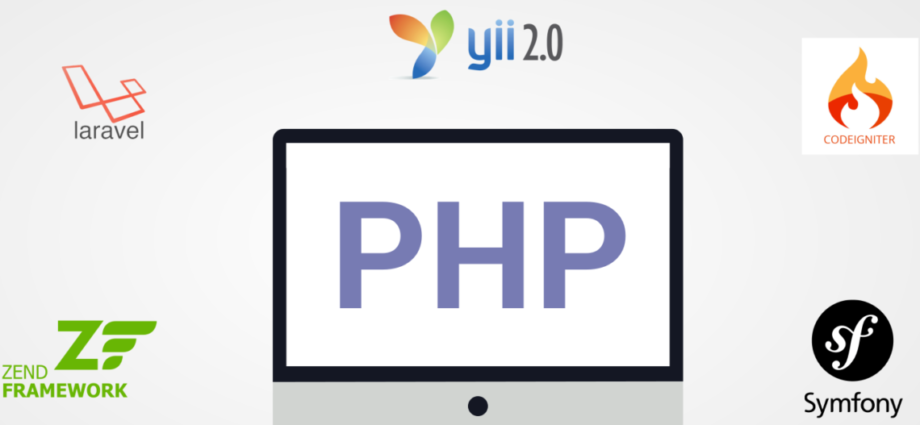PHP is a popular programming language for web development, and there are numerous PHP frameworks available for building web applications. However, not all PHP frameworks are created equal when it comes to performance. In this blog, we will discuss a high-performance PHP framework for web applications, the Laravel framework.
What is Web Applications
Web applications are software programs that run on web servers and can be accessed through a web browser over the internet. They are designed to perform specific functions or provide specific services to users, such as online shopping, social networking, email, and content management.
Web applications are typically built using web development technologies such as HTML, CSS, and JavaScript on the client-side, and server-side languages such as PHP, Python, or Ruby, along with databases like MySQL or MongoDB. They can be deployed on a variety of web servers, including Apache, Nginx, and IIS.
Web applications can range in complexity from simple static web pages to complex dynamic applications that require heavy processing and data manipulation. They can be accessed from any device with an internet connection, including desktop computers, laptops, smartphones, and tablets.
One of the main advantages of web applications is that they do not require any installation or download, as they can be accessed directly through a web browser. This makes them easily accessible to users and simplifies the deployment and maintenance of the application for developers.
In summary, web applications are software programs that run on web servers and can be accessed through a web browser. They are essential for a wide range of purposes and can be accessed from any device with an internet connection.
What is the Laravel Framework?
The Laravel framework is an open-source PHP web application framework. It was first released in 2011 and has since become one of the most popular PHP frameworks for building web applications. Laravel is known for its elegant syntax, ease of use, and powerful features.
Laravel also includes a templating engine called Blade, which provides an easy-to-use syntax for creating reusable templates, as well as a command-line interface called Artisan, which allows developers to automate.
Overall, Laravel’s powerful features and ease of use make it a popular choice for building web applications, from small-scale projects to large enterprise applications.
Why Choose Laravel for High-Performance Web Applications?
Laravel is a popular choice for high-performance web applications for several reasons:
- Speed: Laravel is designed with performance in mind. It uses a variety of performance optimization techniques, such as eager loading, query caching, and lazy loading, to improve application speed.
- Scalability: Laravel is highly scalable, allowing you to easily add new features and functionality to your kalyan panel chart web application as your business grows.
- Security: Laravel has built-in security features, such as protection against SQL injection, cross-site scripting (XSS), and cross-site request forgery (CSRF). Laravel also has an active community that regularly releases security patches and updates.
- Community: Laravel has a large and active community of developers who contribute to the framework, provide support, and share knowledge. This makes it easy to find help and resources when building your web application.
Features of Laravel for High-Performance Web Applications
Laravel has several features that make it well-suited for high-performance web applications:
- Artisan: Artisan provides developers with a range of useful commands that can be used to automate tasks, generate code, and manage the application.
- Eloquent ORM: Laravel uses Eloquent ORM, which makes it easy to work with databases. Eloquent provides a simple and intuitive interface for working with database tables and relationships, making it easier to write complex queries and manage data.
- Blade Templating Engine: Laravel uses Blade, a powerful templating engine, which makes it easy to create reusable views and components. Blade provides a clean syntax for writing templates, making it easier to maintain and update the application.
- Middleware: Laravel has middleware, which is a feature that allows developers to add custom logic to the application’s HTTP request lifecycle. Middleware can be used to add security, caching, and other functionality to the application.
- Queues: Laravel has a powerful queuing system, which allows developers to offload tasks to a background queue. Queues can be used to handle time-consuming tasks, such as sending emails, processing large files, and generating reports.
- Authentication: Laravel has built-in authentication features, which make it easy to add user authentication and authorization to the application. Laravel supports multiple authentication drivers, such as email and password, social media logins, and multi-factor authentication.
Conclusion
Building high-performance web applications requires a framework that can handle complex tasks, optimize performance, and provide a range of useful features. The Laravel framework is an excellent choice for building high-performance PHP web applications.
It provides a range of powerful features, such as Artisan, Eloquent ORM, Blade, Middleware, Queues, and Authentication, that make it easier to build robust, scalable, and secure web applications.
Laravel’s focus on performance and scalability makes it well-suited for modern web applications that need to handle high levels of traffic and complex functionality.
Its active community of developers and frequent updates ensure that Laravel remains a popular and up-to-date choice for building high-performance PHP web applications.

